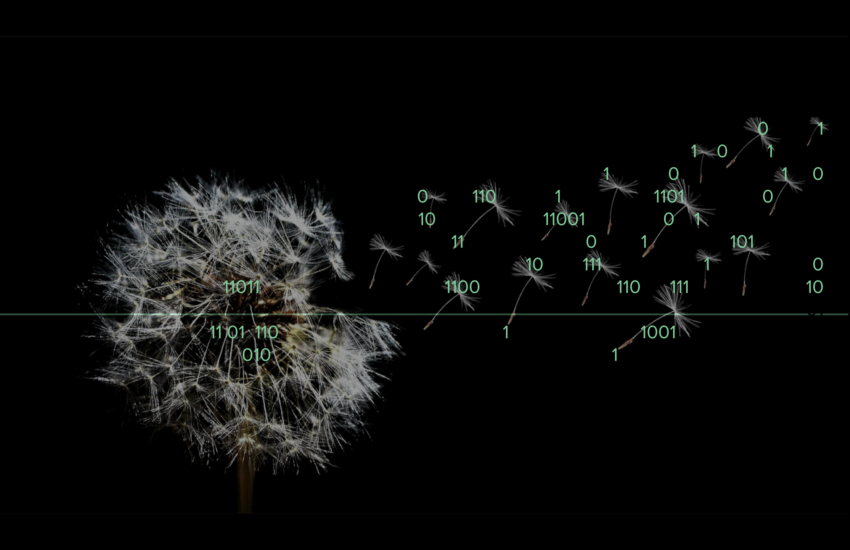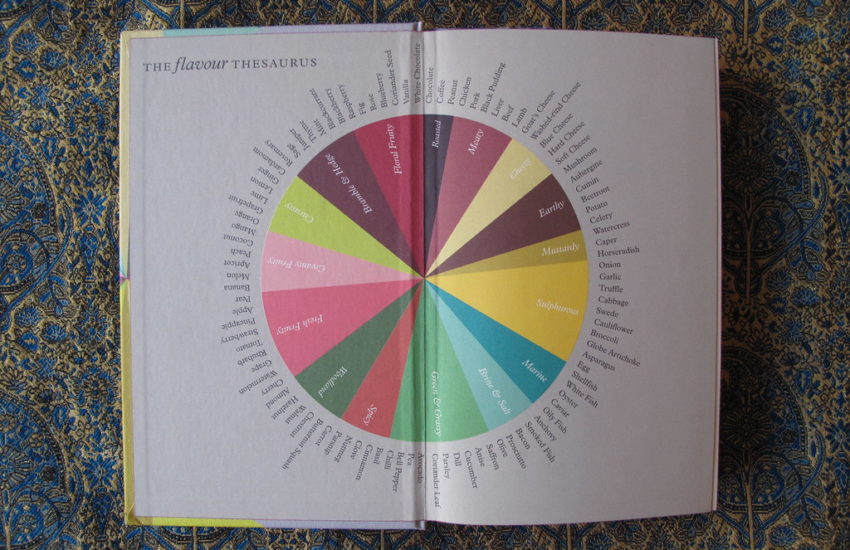Updated January 30, 2023 – Amy Jiménez Márquez After much internal debate, I’m placing the publication on indefinite hiatus. It’s a difficult decision, and if you have questions or want to talk about the future of Boxes and Arrows please contact me. Boxes and Arrows will continue as an archive freely available to readers. Thank you so much for your readership over the years. This isn’t the end of Boxes and Arrows. It’s simply a new chapter that is yet
Continue reading




